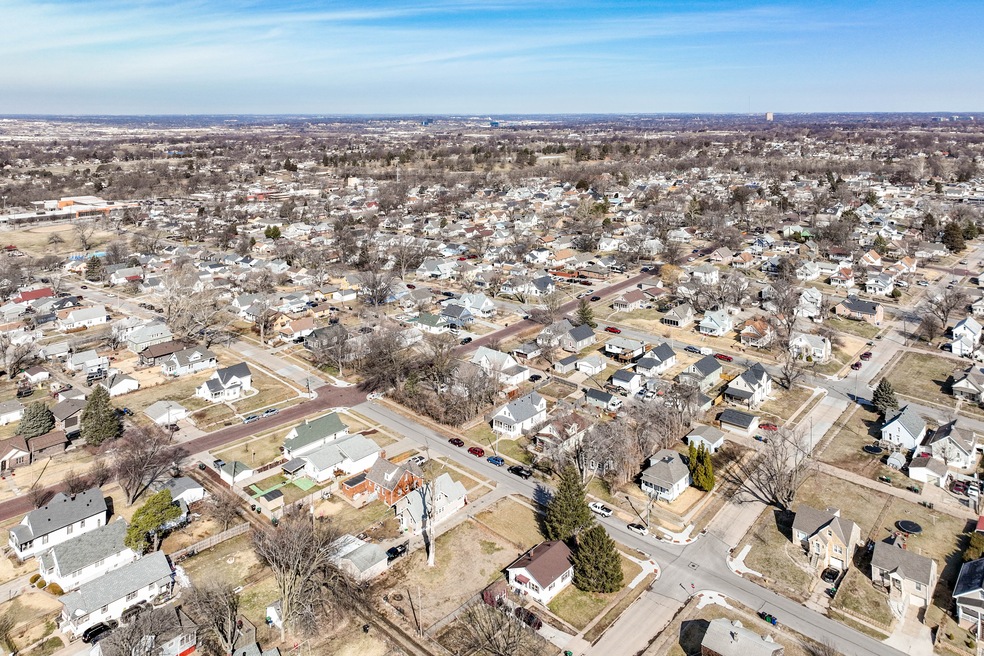Borrowing costs have bucked their downward trend and increased for the first time in nearly a month.
The 30-year, fixed-rate mortgage was at a weekly average of 6.72% as of Thursday, according to mortgage giant Freddie Mac. It’s an increase from the previous week’s 6.6% average and higher than the comparable week in 2023, when the average was 6.67%.
The more volatile daily measures of home borrowing costs showed an even sharper upward trajectory.
As of Thursday afternoon, the daily 30-year, fixed-rate mortgage stood at 7.13%, up 0.21% from the day before, Mortgage News Daily data showed. That means a borrower taking out a $250,000 mortgage on Thursday afternoon would likely be looking at a monthly payment of around $1,685.
Trends in the bond market signaled that mortgage rates were likely to climb even higher later on Thursday.
At the same time, the 15-year, fixed-rate mortgage weekly average also increased. At 5.92%, it was higher than the previous week’s 5.84% average and the average of 5.59% from the same time last year.
On a daily basis, that rate had increased 0.22% from a day earlier to 6.42%, according to Mortgage News Daily.
Resetting expectations
The upward shift in mortgage rates comes a day after the Federal Reserve lowered interest rates for the time since September. But, maybe more importantly, the central bank also gave an update on its plans for future rate cuts next year, and it wasn’t what the market wanted to hear.
Fed Chair Jerome Powell said the bank will take a slower, more cautious approach in its policy next year as it seeks to maximize employment and tamp down price growth. He said that slowing down is necessary, especially because there is so much uncertainty surrounding economic data right now.
“It’s not unlike driving on a foggy night or walking into a dark room full of furniture,” Powell said. “You just slow down."
But Powell’s message is not what the bond market that greatly influences movement in mortgage rates expected. That led bonds to plummet, putting upward pressure on mortgages.
“Mortgage rates care more about the Fed's rate cut/hike outlook than they do about one individual cut,” said Matthew Graham, chief operating officer of Mortgage News Daily, in a post on Wednesday. “That's where things started going wrong.”
Even so, some economists think there’s still reason to believe homebuyers will begin entering the housing market.
“For the most part, mortgage rates have moved between 6 and 7 percent over the last 12 months,” Sam Khater, chief economist at Freddie Mac, said in a statement Thursday. “Homebuyers are slowly digesting these higher rates and are gradually willing to move forward with buying a home, resulting in additional purchase activity.”
Lawrence Yun, chief economist at the National Association of Realtors, shared a similar sentiment in a statement Wednesday following the Fed’s announcement.
“Given that mortgage rates have stayed above 6% for over two years, consumers are getting used to the new normal, especially considering that the 50-year average is 7.7%,” he said. “Jobs and inventory will drive home sales.”

